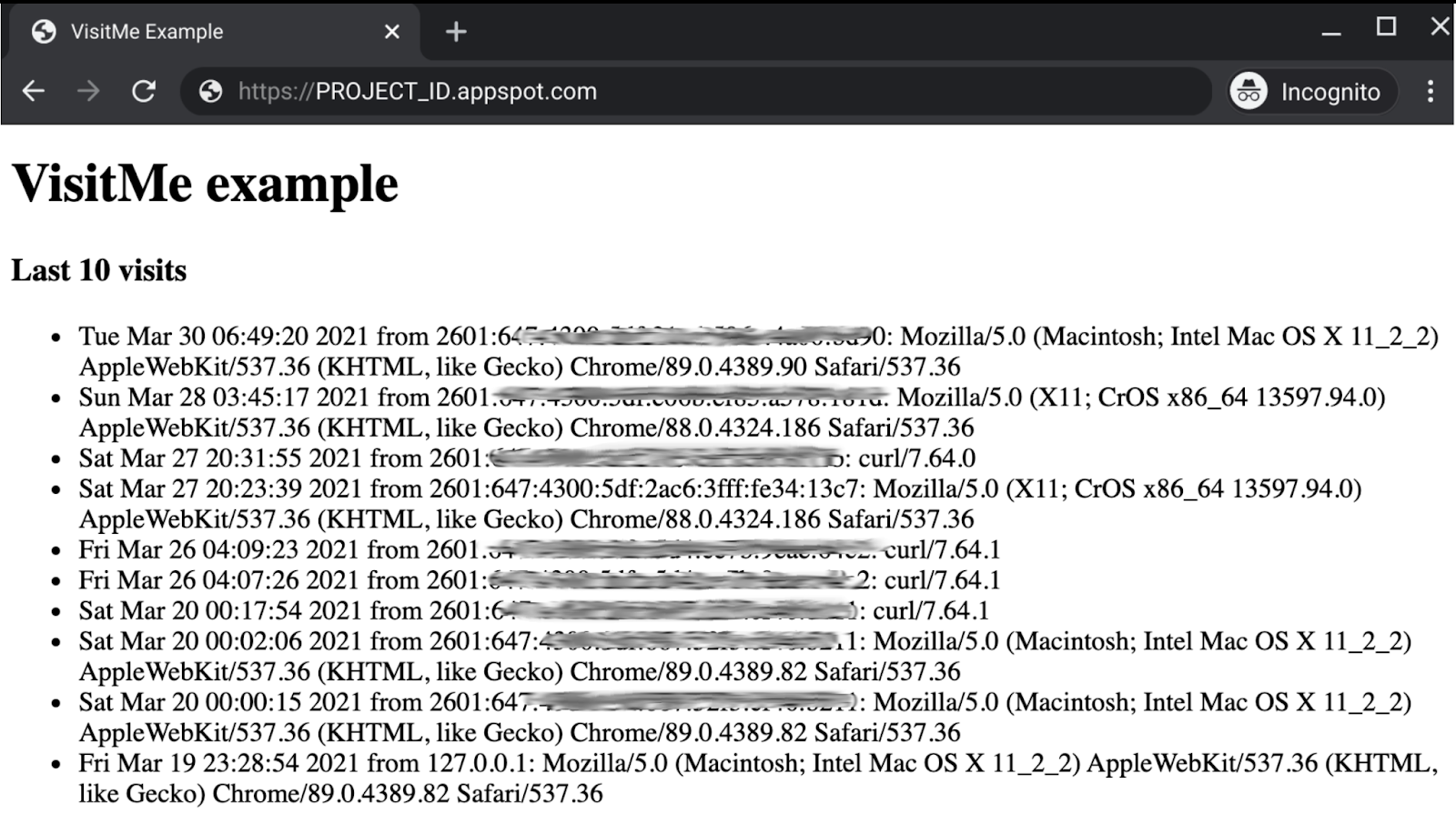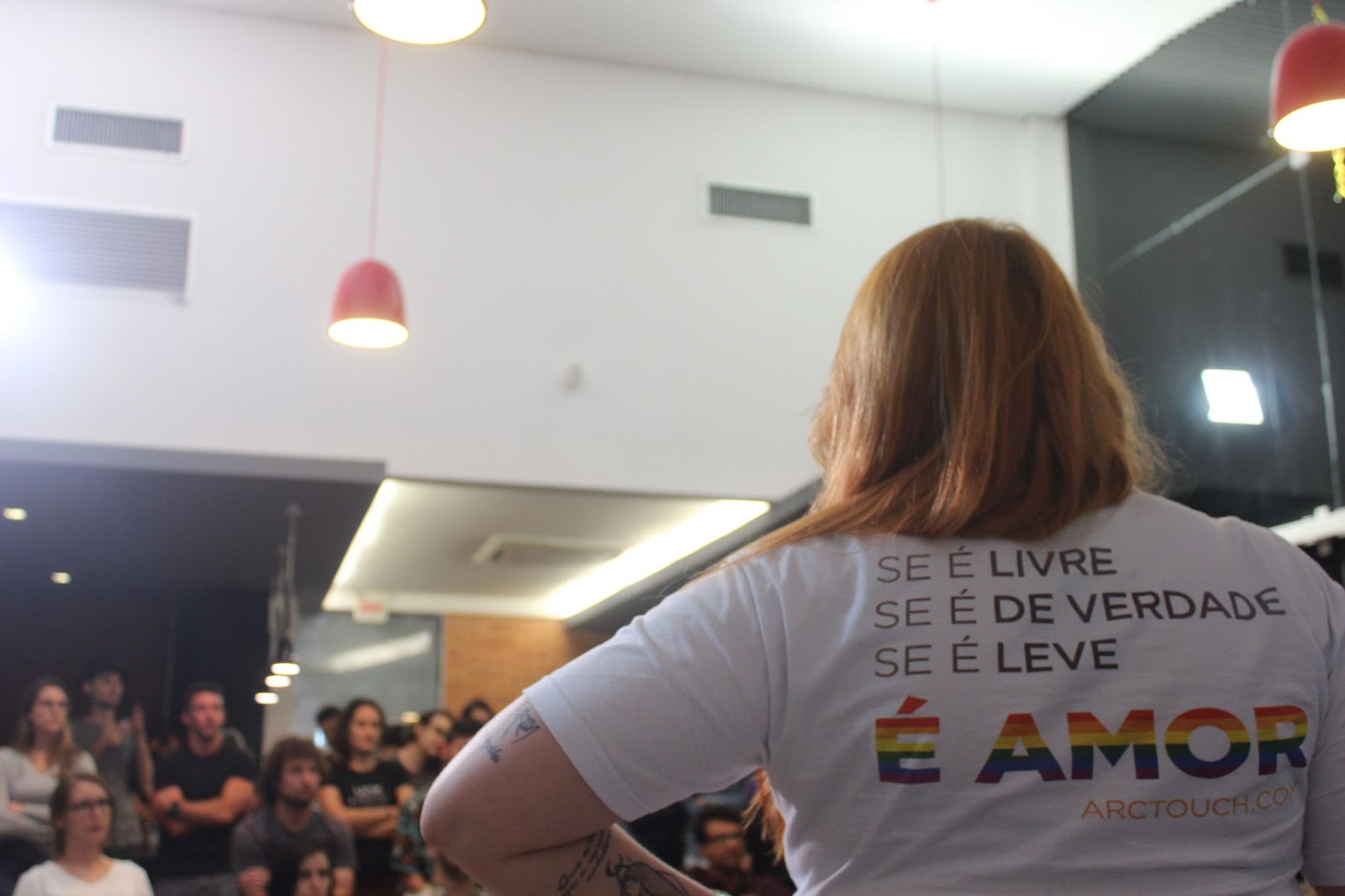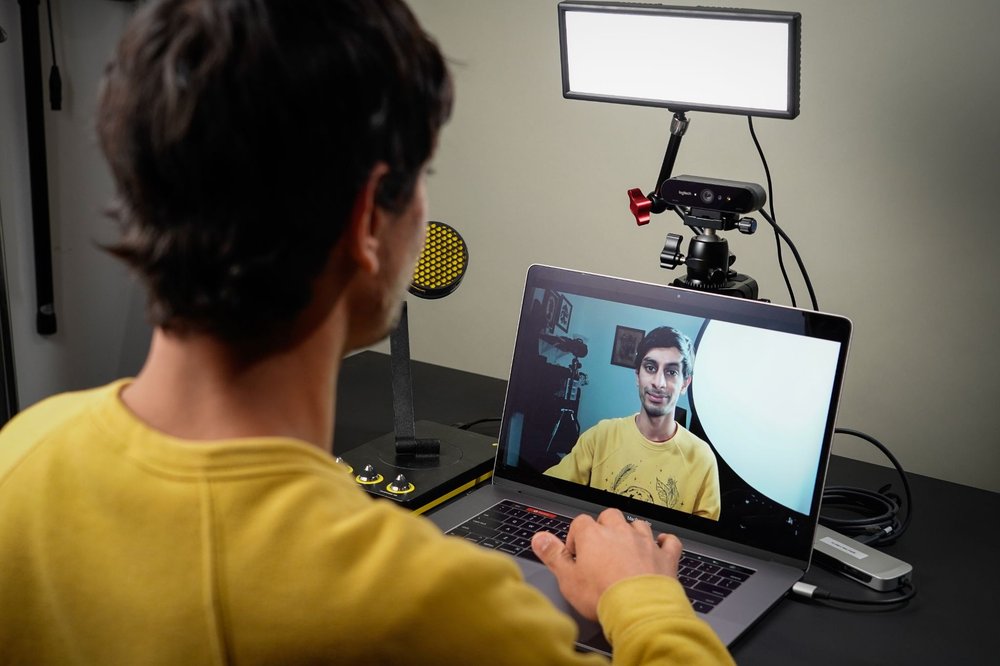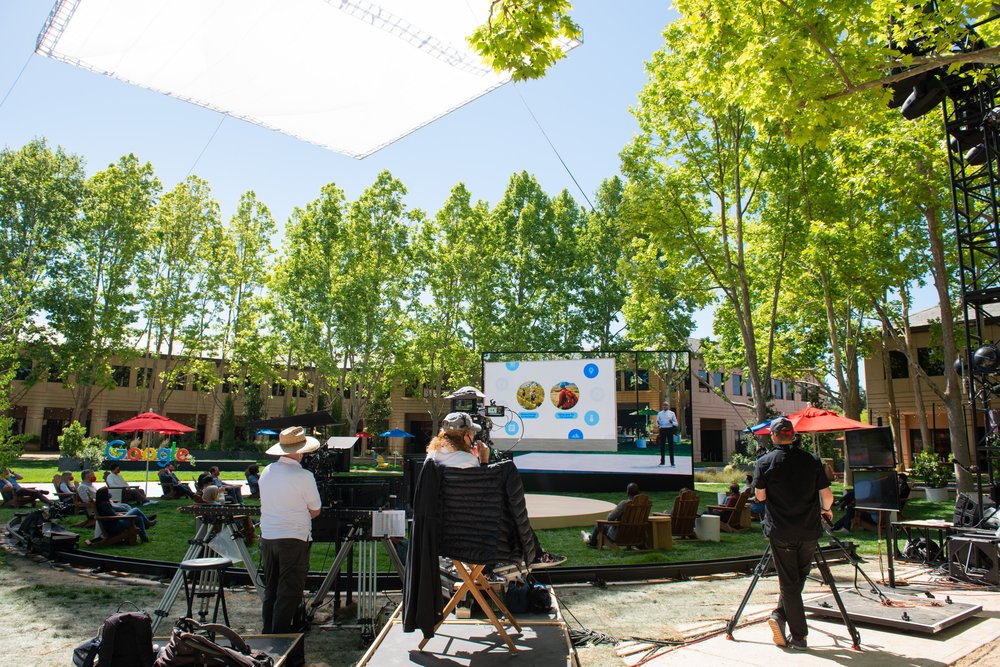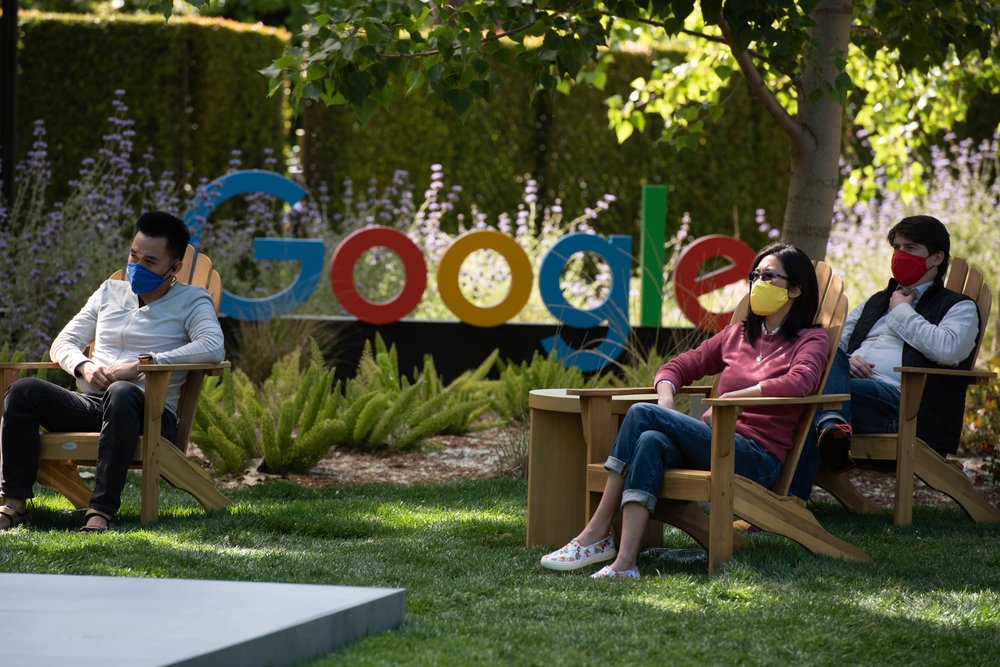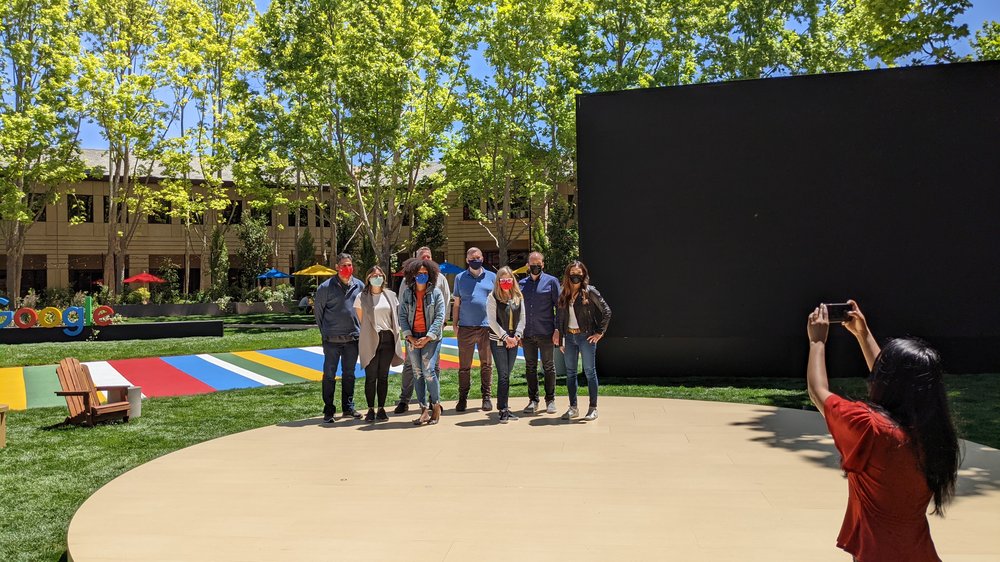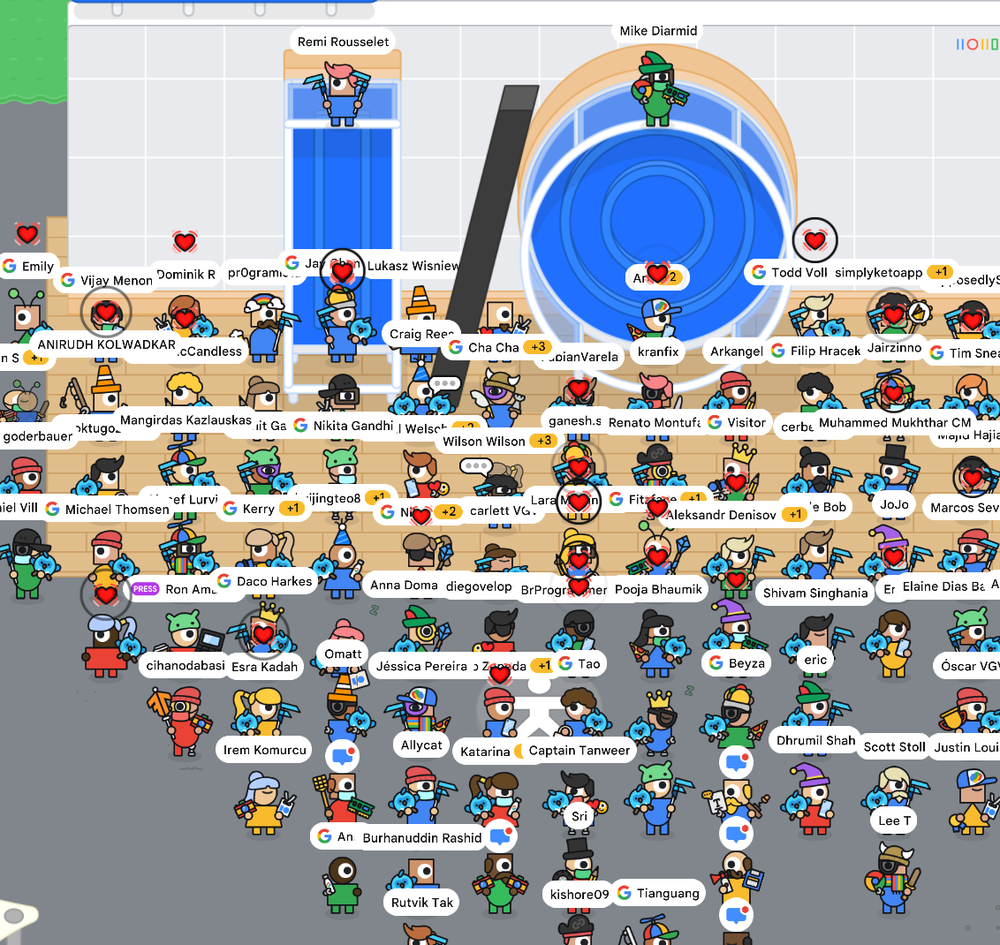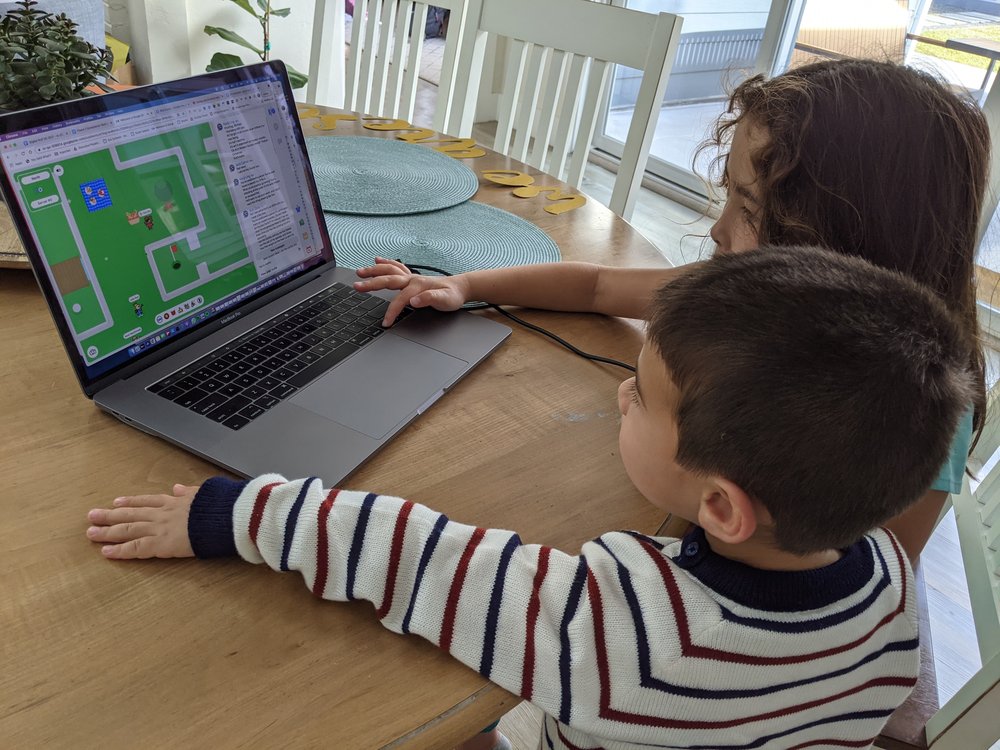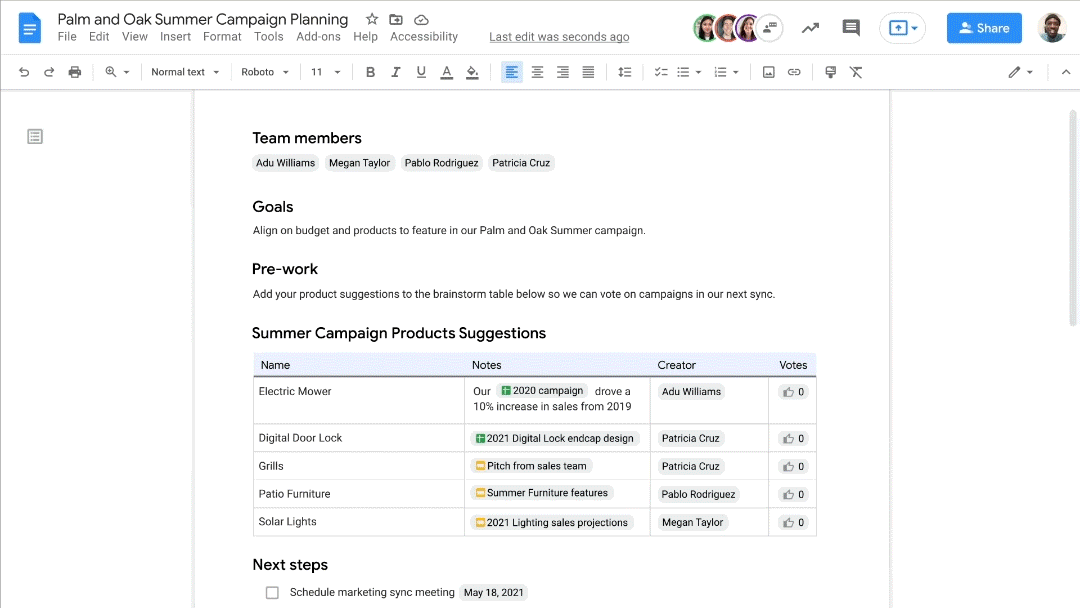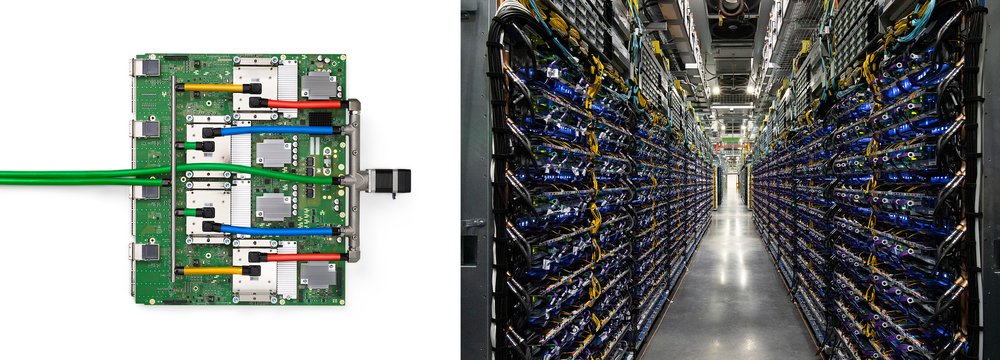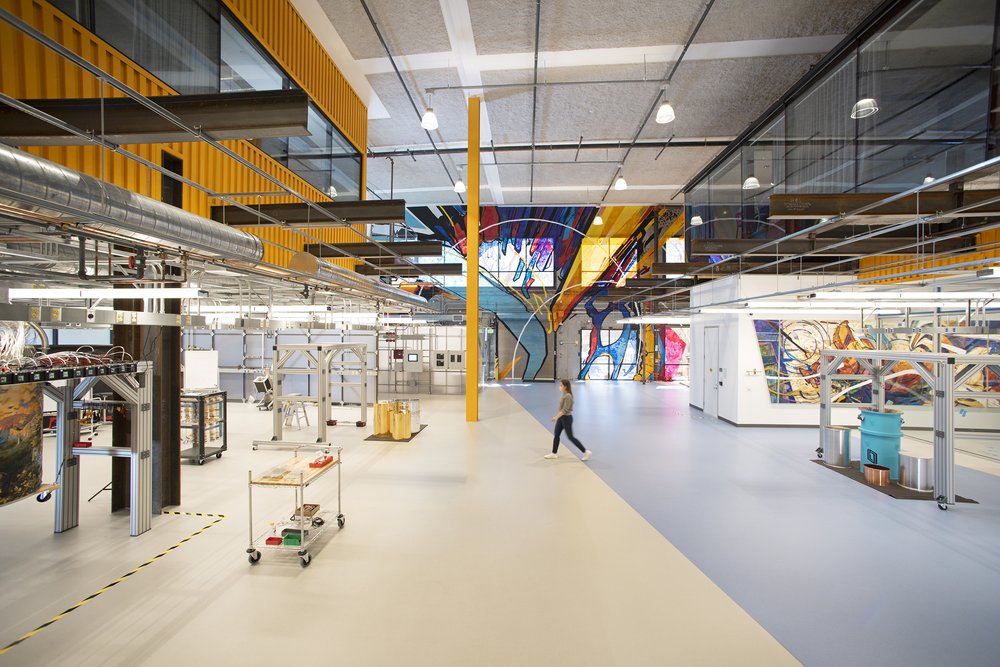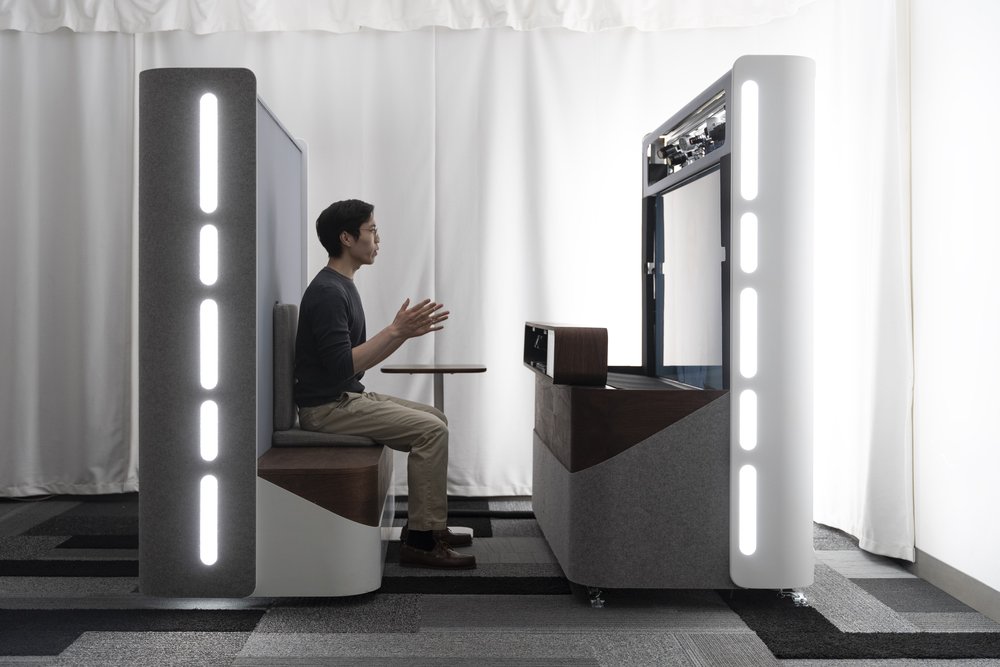It’s great to be back hosting our I/O Developers Conference this year. Pulling up to our Mountain View campus this morning, I felt a sense of normalcy for the first time in a long while. Of course, it’s not the same without our developer community here in person. COVID-19 has deeply affected our entire global community over the past year and continues to take a toll. Places such as Brazil, and my home country of India, are now going through their most difficult moments of the pandemic yet. Our thoughts are with everyone who has been affected by COVID and we are all hoping for better days ahead.
The last year has put a lot into perspective. At Google, it’s also given renewed purpose to our mission to organize the world's information and make it universally accessible and useful. We continue to approach that mission with a singular goal: building a more helpful Google, for everyone. That means being helpful to people in the moments that matter and giving everyone the tools to increase their knowledge, success, health, and happiness.
Helping in moments that matter
Sometimes it’s about helping in big moments, like keeping 150 million students and educators learning virtually over the last year with Google Classroom. Other times it’s about helping in little moments that add up to big changes for everyone. For example, we’re introducing safer routing in Maps. This AI-powered capability in Maps can identify road, weather, and traffic conditions where you are likely to brake suddenly; our aim is to reduce up to 100 million events like this every year.
Reimagining the future of work
One of the biggest ways we can help is by reimagining the future of work. Over the last year, we’ve seen work transform in unprecedented ways, as offices and coworkers have been replaced by kitchen countertops and pets. Many companies, including ours, will continue to offer flexibility even when it’s safe to be in the same office again. Collaboration tools have never been more critical, and today we announced a new smart canvas experience in Google Workspace that enables even richer collaboration.

Smart Canvas integration with Google Meet
Responsible next-generation AI
We’ve made remarkable advances over the past 22 years, thanks to our progress in some of the most challenging areas of AI, including translation, images and voice. These advances have powered improvements across Google products, making it possible to talk to someone in another language using Assistant’s interpreter mode, view cherished memories on Photos, or use Google Lens to solve a tricky math problem.
We’ve also used AI to improve the core Search experience for billions of people by taking a huge leap forward in a computer’s ability to process natural language. Yet, there are still moments when computers just don’t understand us. That’s because language is endlessly complex: We use it to tell stories, crack jokes, and share ideas — weaving in concepts we’ve learned over the course of our lives. The richness and flexibility of language make it one of humanity’s greatest tools and one of computer science’s greatest challenges.
Today I am excited to share our latest research in natural language understanding: LaMDA. LaMDA is a language model for dialogue applications. It’s open domain, which means it is designed to converse on any topic. For example, LaMDA understands quite a bit about the planet Pluto. So if a student wanted to discover more about space, they could ask about Pluto and the model would give sensible responses, making learning even more fun and engaging. If that student then wanted to switch over to a different topic — say, how to make a good paper airplane — LaMDA could continue the conversation without any retraining.
This is one of the ways we believe LaMDA can make information and computing radically more accessible and easier to use (and you can learn more about that here).
We have been researching and developing language models for many years. We’re focused on ensuring LaMDA meets our incredibly high standards on fairness, accuracy, safety, and privacy, and that it is developed consistently with our AI Principles. And we look forward to incorporating conversation features into products like Google Assistant, Search, and Workspace, as well as exploring how to give capabilities to developers and enterprise customers.
LaMDA is a huge step forward in natural conversation, but it’s still only trained on text. When people communicate with each other they do it across images, text, audio, and video. So we need to build multimodal models (MUM) to allow people to naturally ask questions across different types of information. With MUM you could one day plan a road trip by asking Google to “find a route with beautiful mountain views.” This is one example of how we’re making progress towards more natural and intuitive ways of interacting with Search.
Pushing the frontier of computing
Translation, image recognition, and voice recognition laid the foundation for complex models like LaMDA and multimodal models. Our compute infrastructure is how we drive and sustain these advances, and TPUs, our custom-built machine learning processes, are a big part of that. Today we announced our next generation of TPUs: the TPU v4. These are powered by the v4 chip, which is more than twice as fast as the previous generation. One pod can deliver more than one exaflop, equivalent to the computing power of 10 million laptops combined. This is the fastest system we’ve ever deployed, and a historic milestone for us. Previously to get to an exaflop, you needed to build a custom supercomputer. And we'll soon have dozens of TPUv4 pods in our data centers, many of which will be operating at or near 90% carbon-free energy. They’ll be available to our Cloud customers later this year.


(Left) TPU v4 chip tray; (Right) TPU v4 pods at our Oklahoma data center
It’s tremendously exciting to see this pace of innovation. As we look further into the future, there are types of problems that classical computing will not be able to solve in reasonable time. Quantum computing can help. Achieving our quantum milestone was a tremendous accomplishment, but we’re still at the beginning of a multiyear journey. We continue to work to get to our next big milestone in quantum computing: building an error-corrected quantum computer, which could help us increase battery efficiency, create more sustainable energy, and improve drug discovery. To help us get there, we’ve opened a new state of the art Quantum AI campus with our first quantum data center and quantum processor chip fabrication facilities.

Inside our new Quantum AI campus.
Safer with Google
At Google we know that our products can only be as helpful as they are safe. And advances in computer science and AI are how we continue to make them better. We keep more users safe by blocking malware, phishing attempts, spam messages, and potential cyber attacks than anyone else in the world.
Our focus on data minimization pushes us to do more, with less data. Two years ago at I/O, I announced Auto-Delete, which encourages users to have their activity data automatically and continuously deleted. We’ve since made Auto-Delete the default for all new Google Accounts. Now, after 18 months we automatically delete your activity data, unless you tell us to do it sooner. It’s now active for over 2 billion accounts.
All of our products are guided by three important principles: With one of the world’s most advanced security infrastructures, our products are secure by default. We strictly uphold responsible data practices so every product we build is private by design. And we create easy to use privacy and security settings so you’re in control.
Long term research: Project Starline
We were all grateful to have video conferencing over the last year to stay in touch with family and friends, and keep schools and businesses going. But there is no substitute for being together in the room with someone.
Several years ago we kicked off a project called Project Starline to use technology to explore what’s possible. Using high-resolution cameras and custom-built depth sensors, it captures your shape and appearance from multiple perspectives, and then fuses them together to create an extremely detailed, real-time 3D model. The resulting data is many gigabits per second, so to send an image this size over existing networks, we developed novel compression and streaming algorithms that reduce the data by a factor of more than 100. We also developed a breakthrough light-field display that shows you the realistic representation of someone sitting in front of you. As sophisticated as the technology is, it vanishes, so you can focus on what’s most important.
We’ve spent thousands of hours testing it at our own offices, and the results are promising. There’s also excitement from our lead enterprise partners, and we’re working with partners in health care and media to get early feedback. In pushing the boundaries of remote collaboration, we've made technical advances that will improve our entire suite of communications products. We look forward to sharing more in the months ahead.

A person having a conversation with someone over Project Starline.
Solving complex sustainability challenges
Another area of research is our work to drive forward sustainability. Sustainability has been a core value for us for more than 20 years. We were the first major company to become carbon neutral in 2007. We were the first to match our operations with 100% renewable energy in 2017, and we’ve been doing it ever since. Last year we eliminated our entire carbon legacy.
Our next ambition is our biggest yet: operating on carbon free energy by the year 2030. This represents a significant step change from current approaches and is a moonshot on the same scale as quantum computing. It presents equally hard problems to solve, from sourcing carbon-free energy in every place we operate to ensuring it can run every hour of every day.
Building on the first carbon-intelligent computing platform that we rolled out last year, we’ll soon be the first company to implement carbon-intelligent load shifting across both time and place within our data center network. By this time next year we’ll be shifting more than a third of non-production compute to times and places with greater availability of carbon-free energy. And we are working to apply our Cloud AI with novel drilling techniques and fiber optic sensing to deliver geothermal power in more places, starting in our Nevada data centers next year.
Investments like these are needed to get to 24/7 carbon-free energy, and it’s happening in Mountain View, California, too. We’re building our new campus to the highest sustainability standards. When completed, these buildings will feature a first- of- its- kind, dragonscale solar skin, equipped with 90,000 silver solar panels and the capacity to generate nearly 7 megawatts. They will house the largest geothermal pile system in North America to help heat buildings in the winter and cool them in the summer. It’s been amazing to see it come to life.
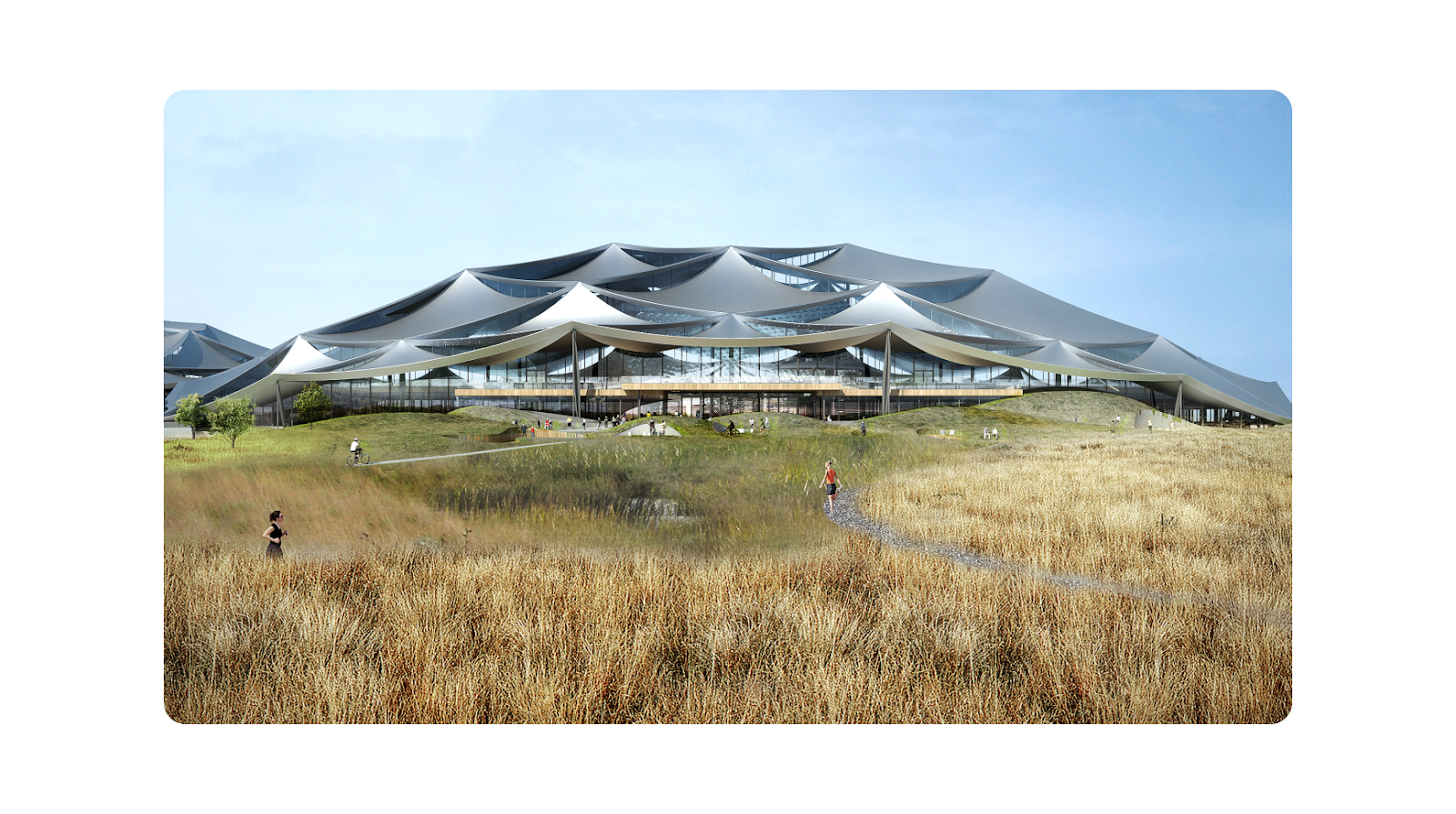

(Left) Rendering of the new Charleston East campus in Mountain View, California; (Right) Model view with dragon scale solar skin.
A celebration of technology
I/O isn’t just a celebration of technology but of the people who use it, and build it — including the millions of developers around the world who joined us virtually today. Over the past year we’ve seen people use technology in profound ways: to keep themselves healthy and safe, to learn and grow, to connect, and to help one another through really difficult times. It’s been inspiring to see and has made us more committed than ever to being helpful in the moments that matter.
I look forward to seeing everyone at next year’s I/O — in person, I hope. Until then, be safe and well.
Posted by Sundar Pichai, CEO of Google and Alphabet
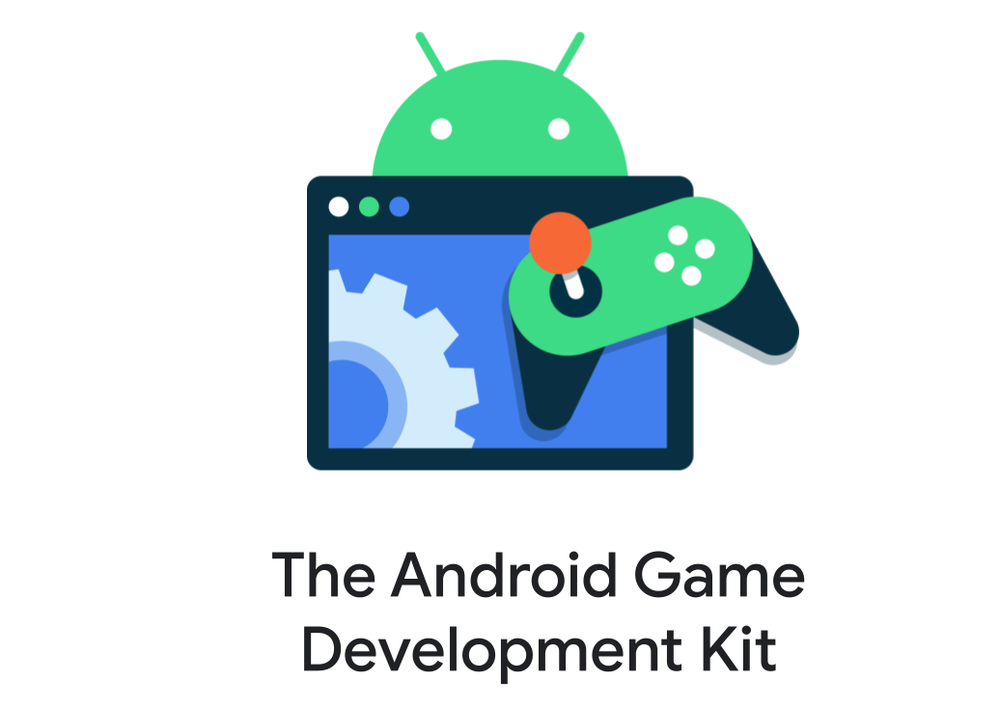
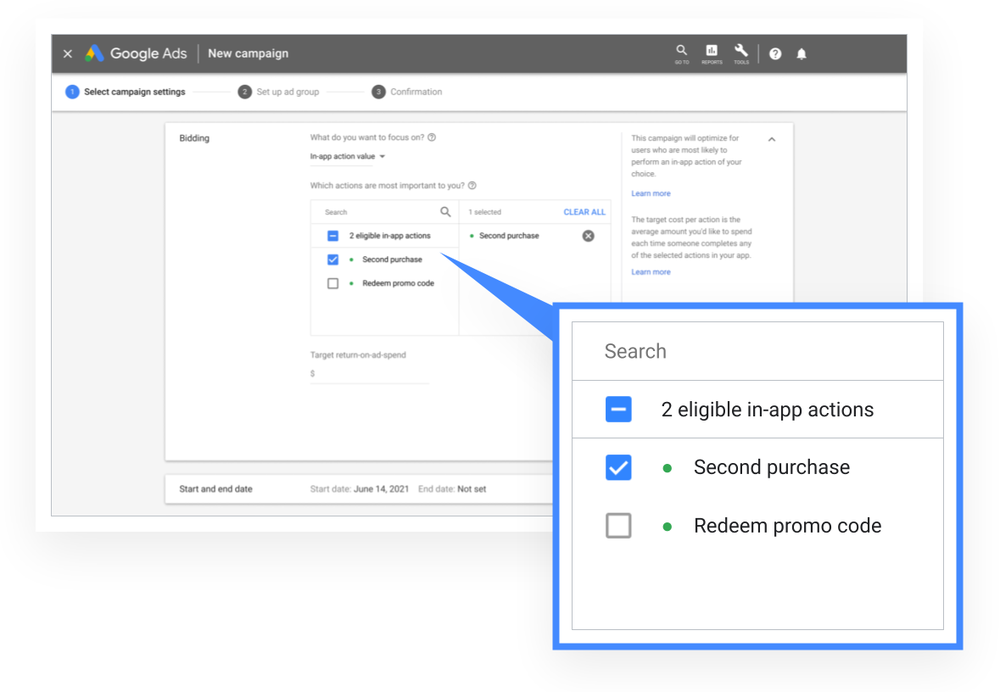
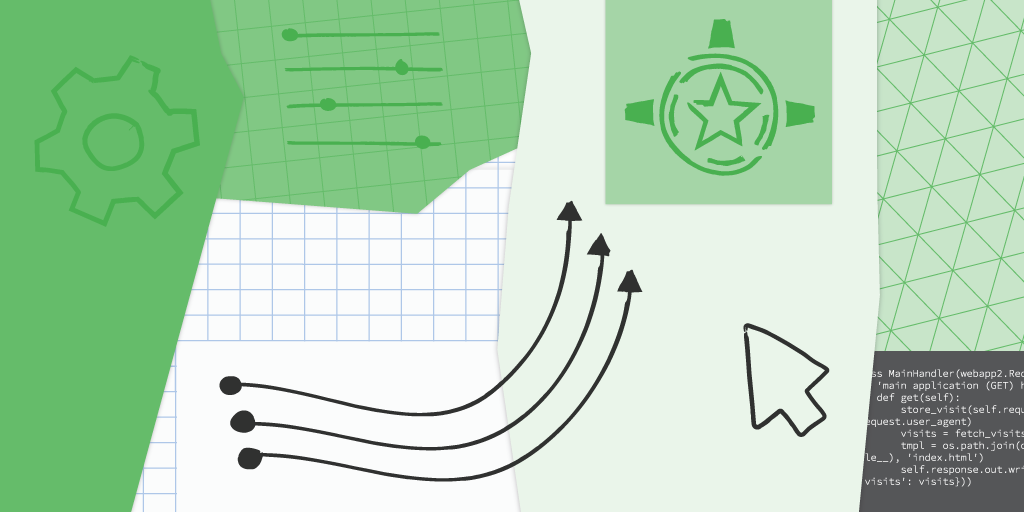 Posted by Wesley Chun (
Posted by Wesley Chun (
